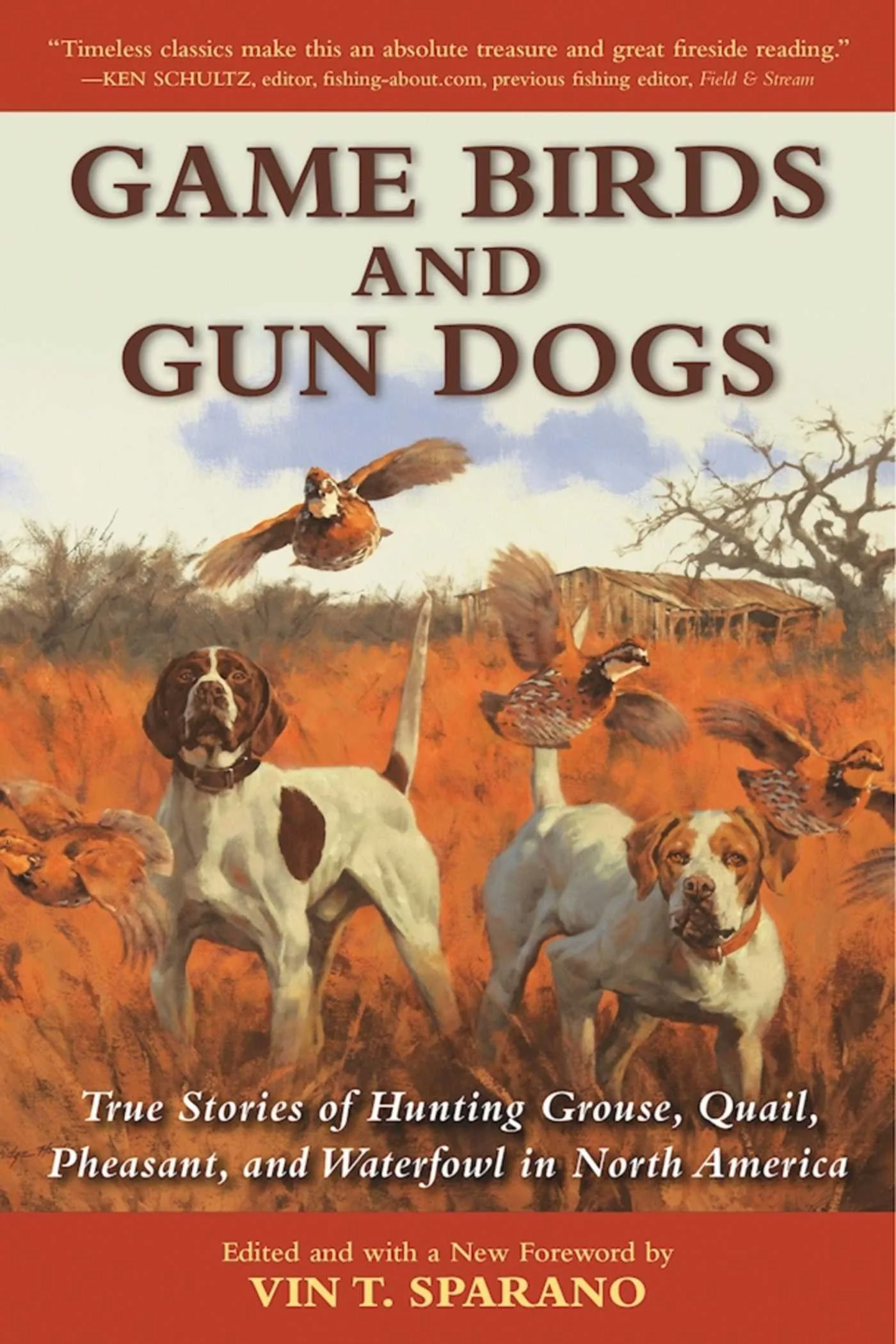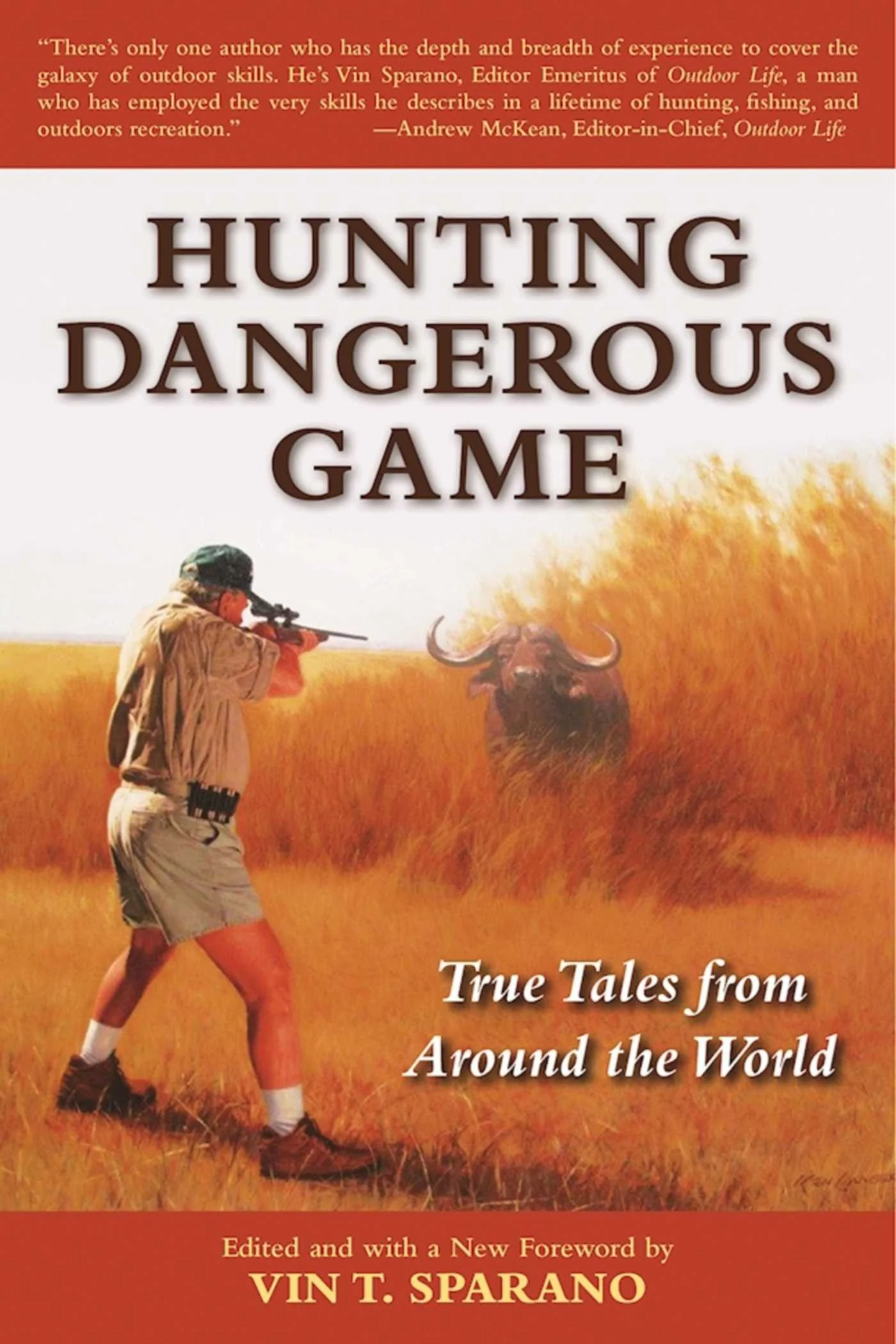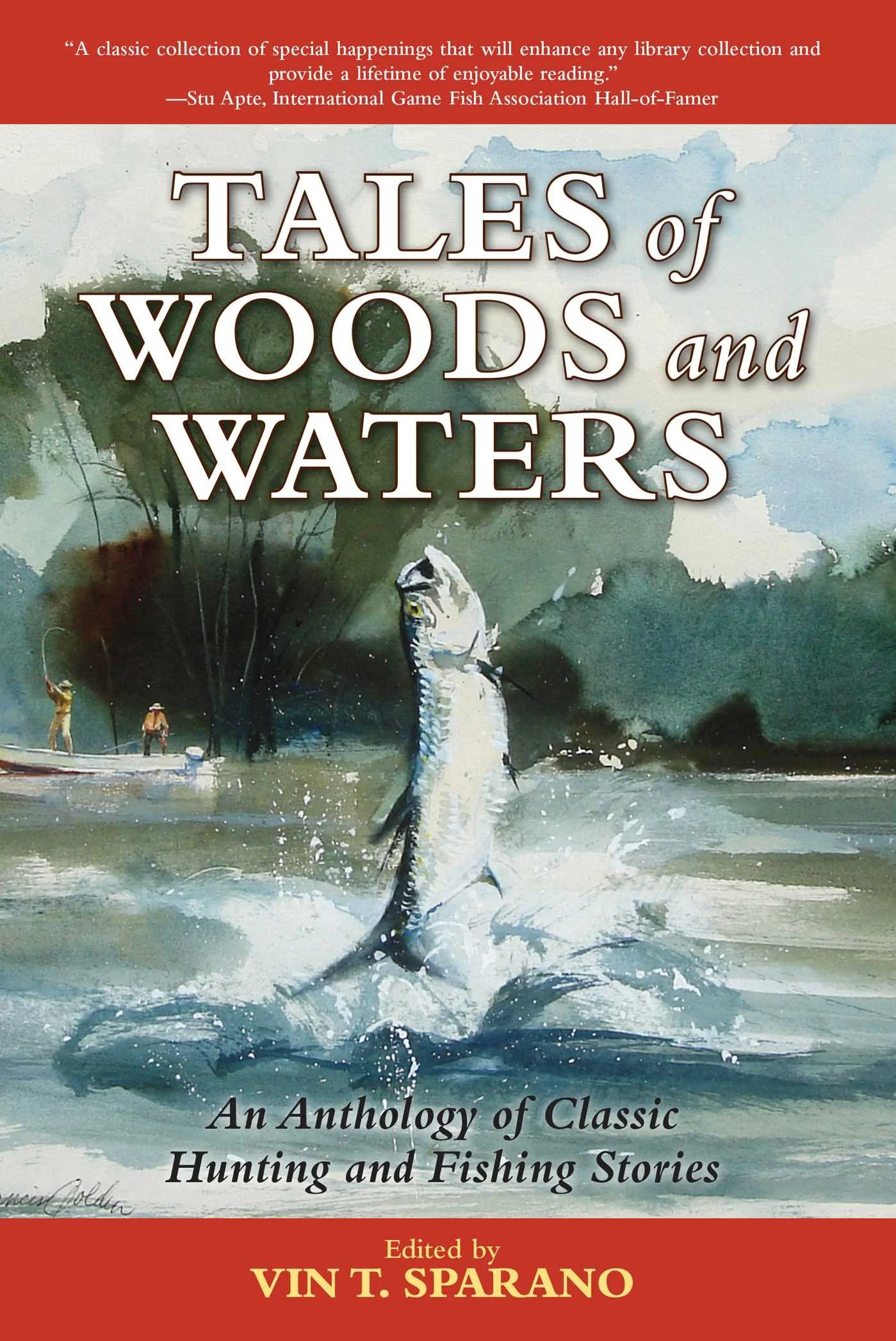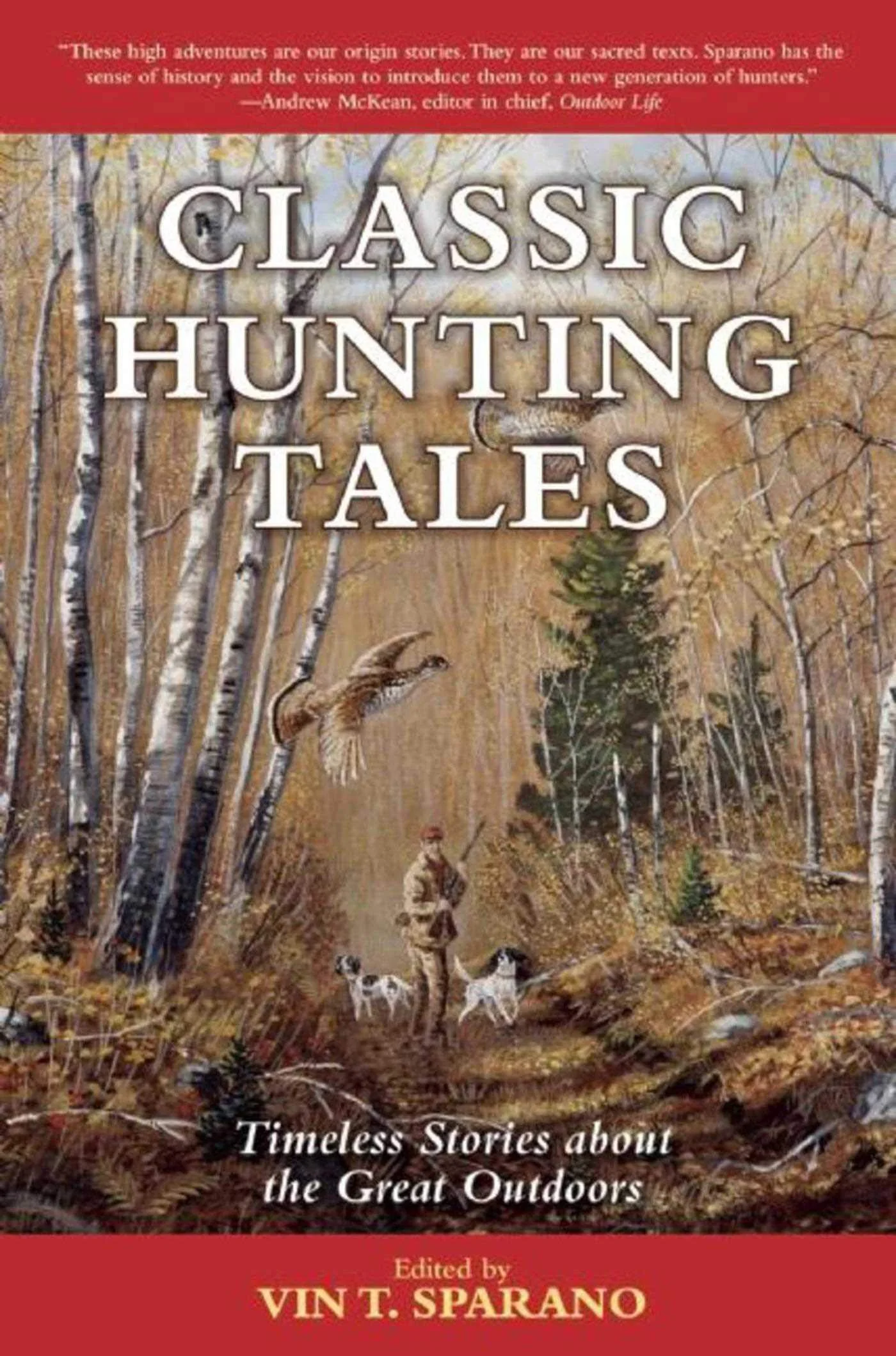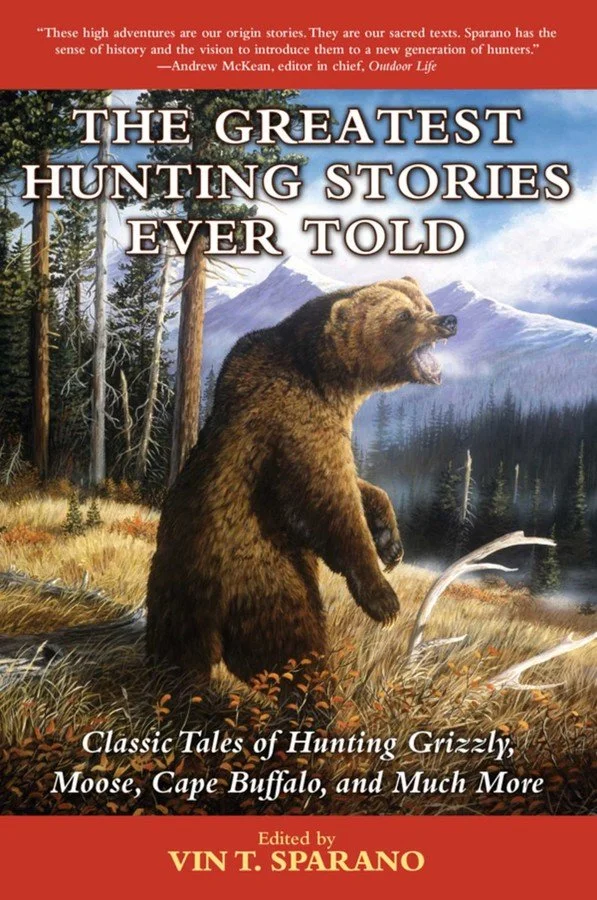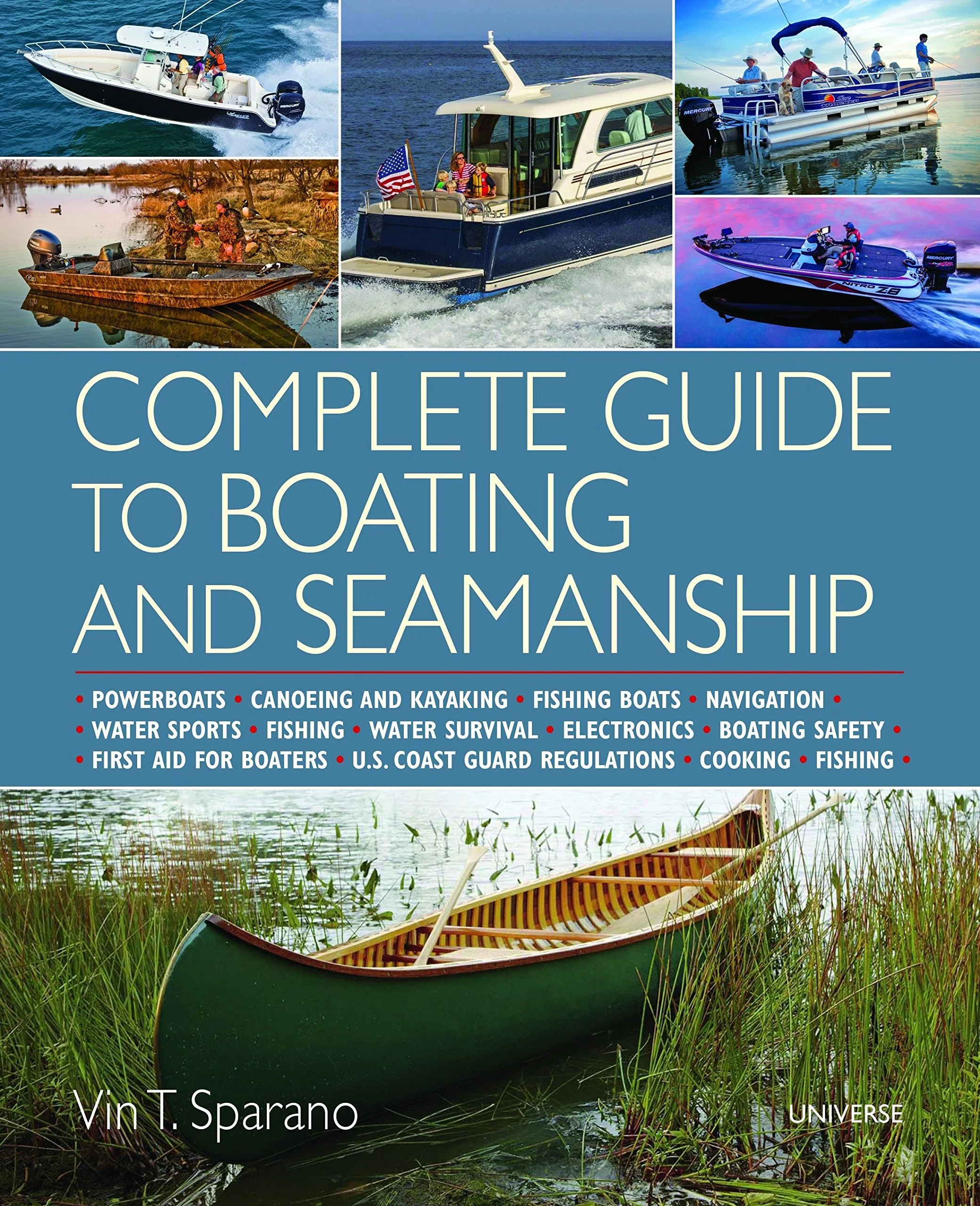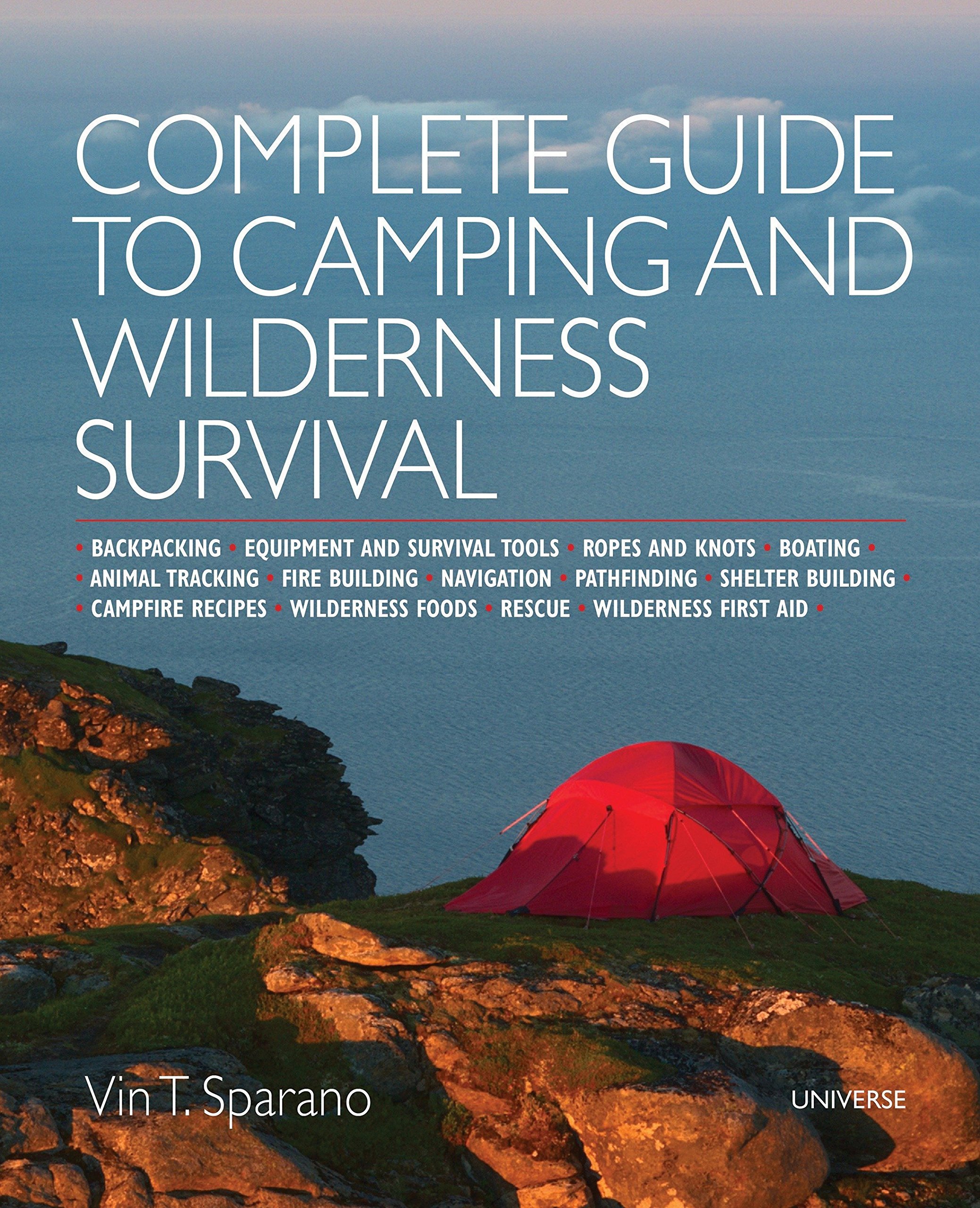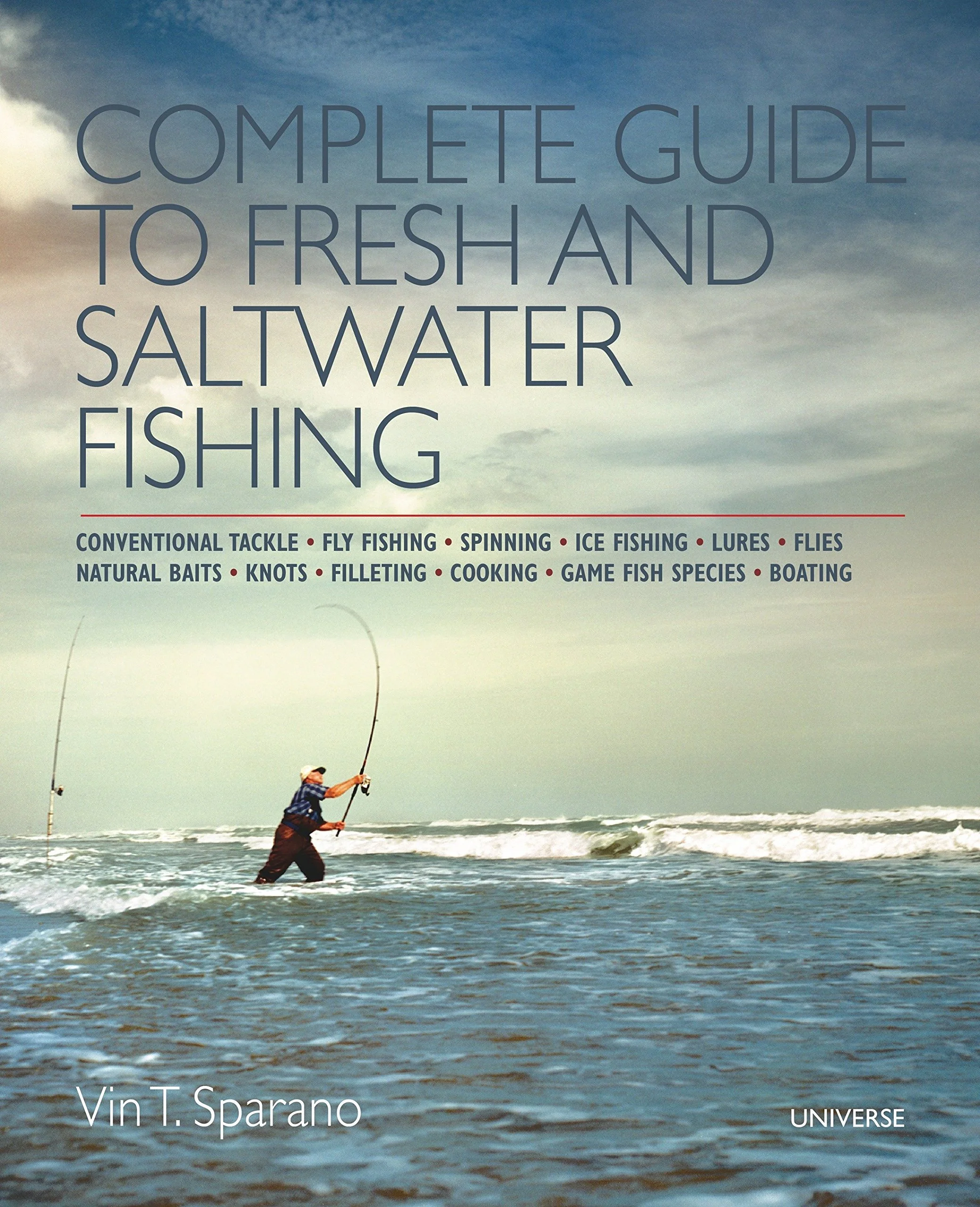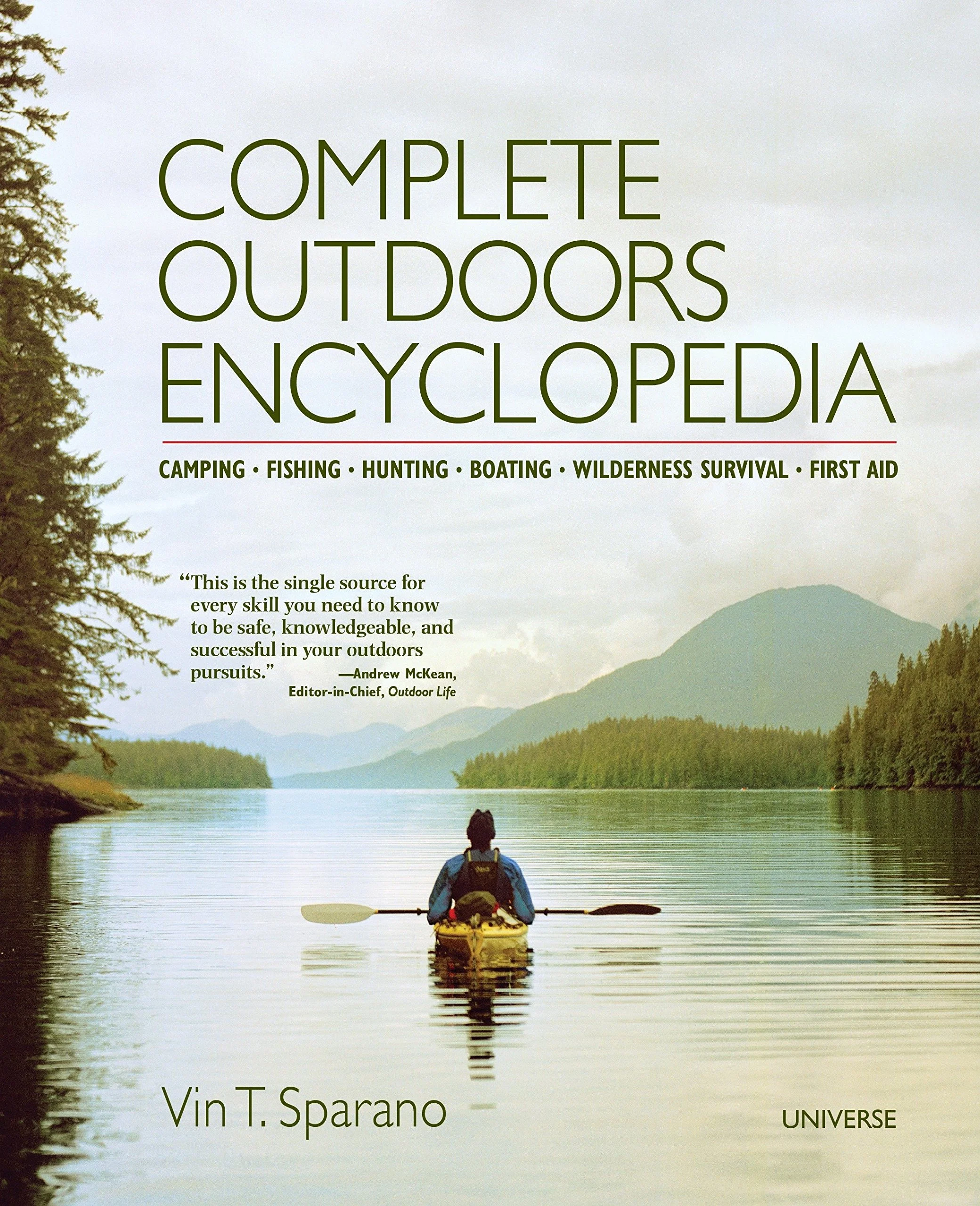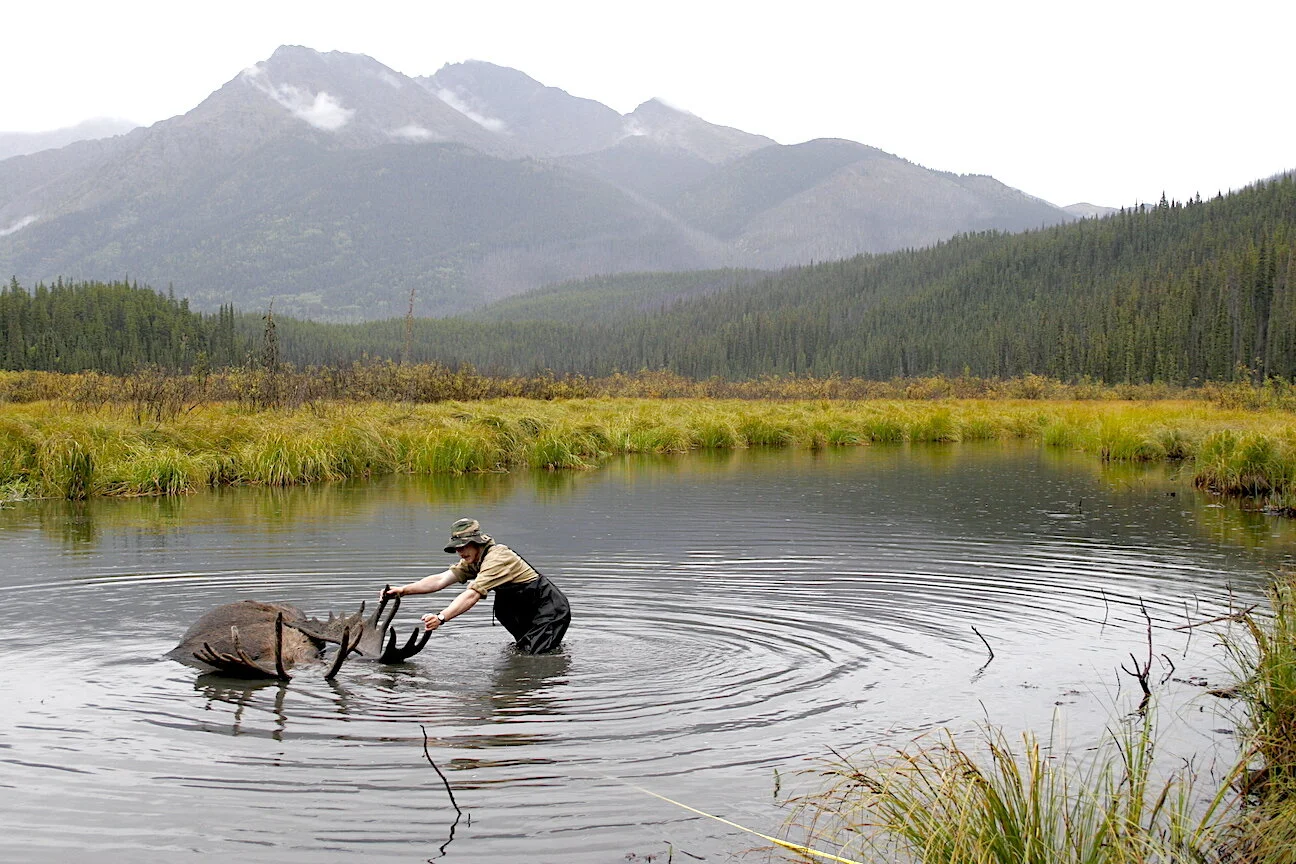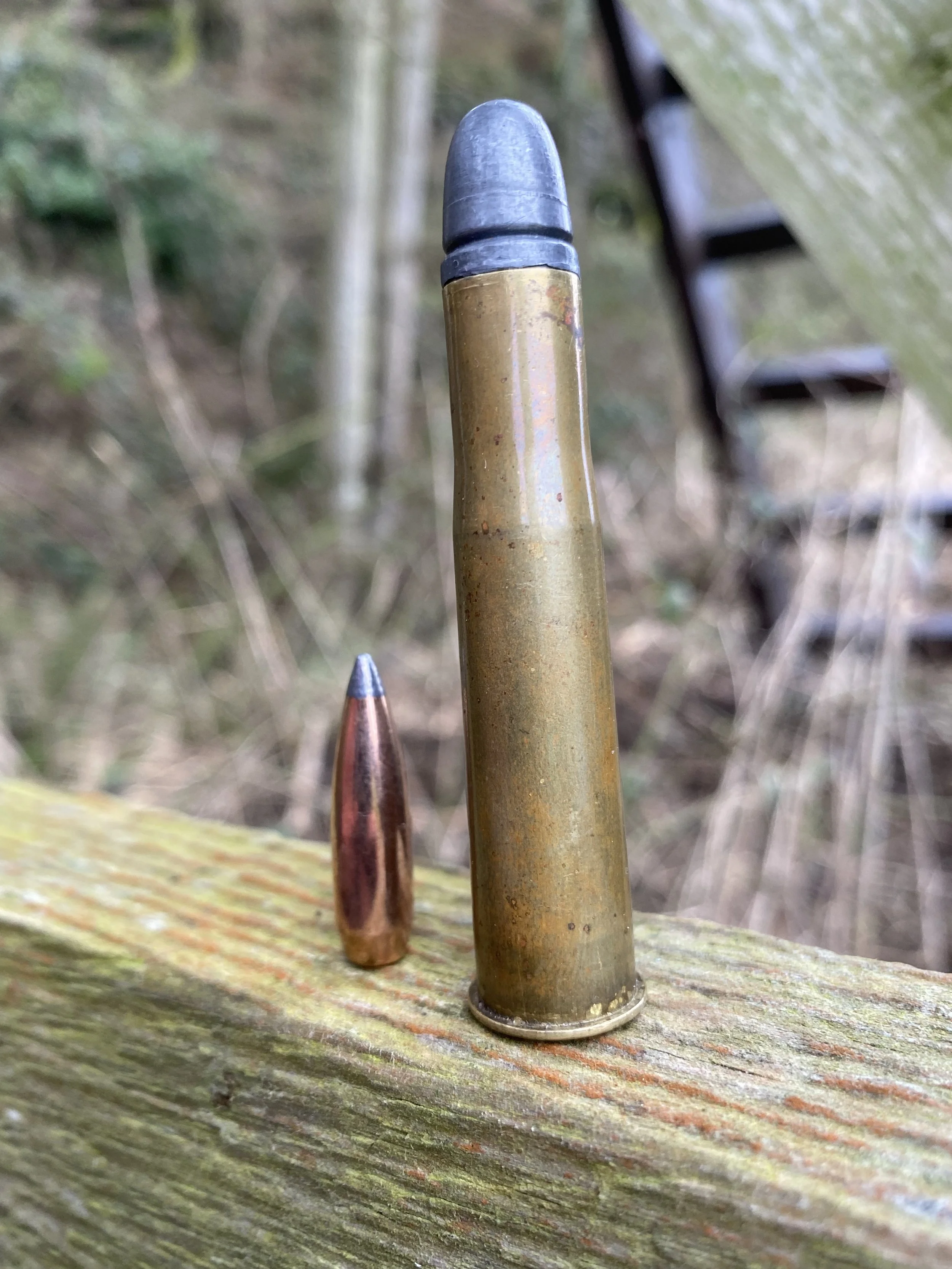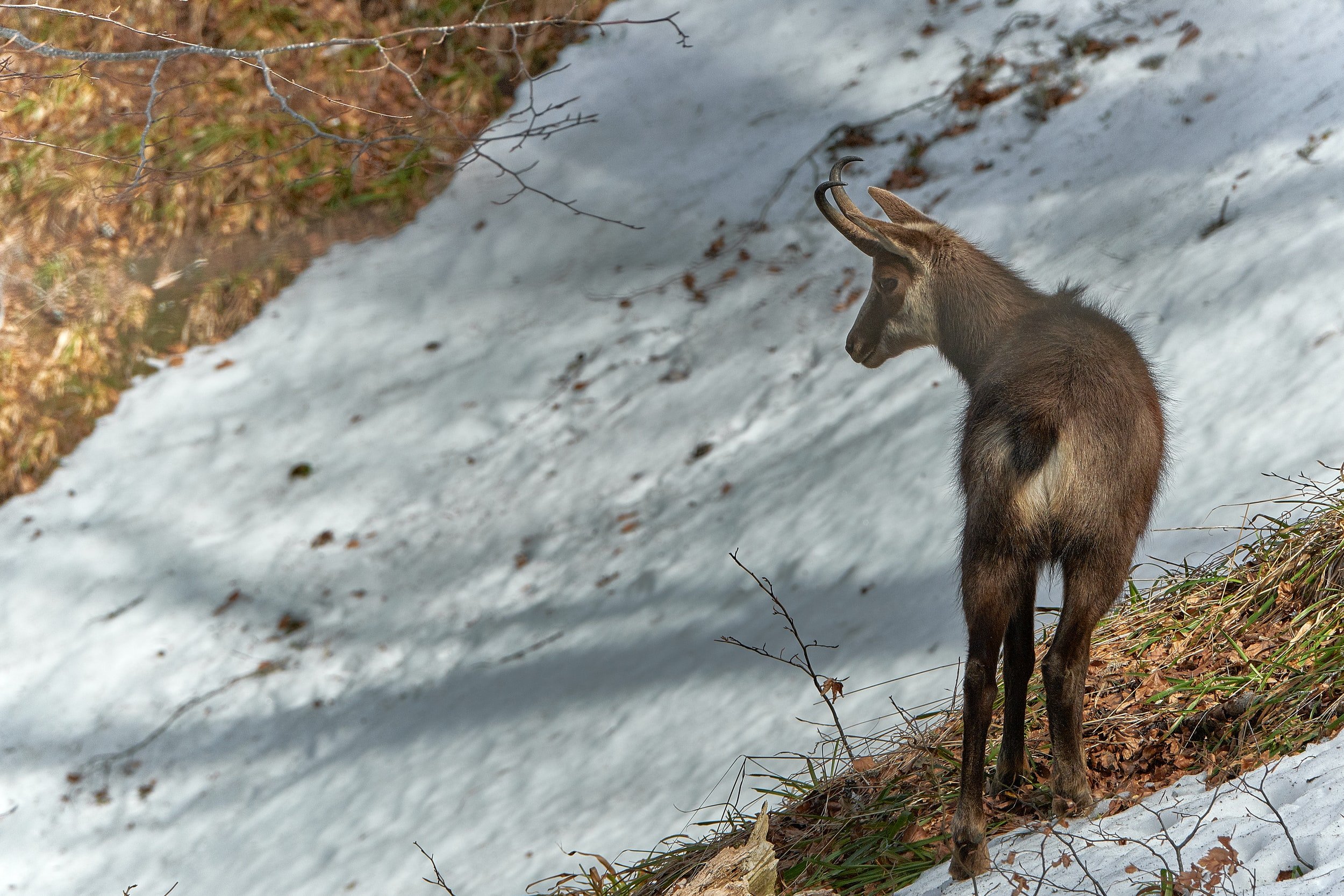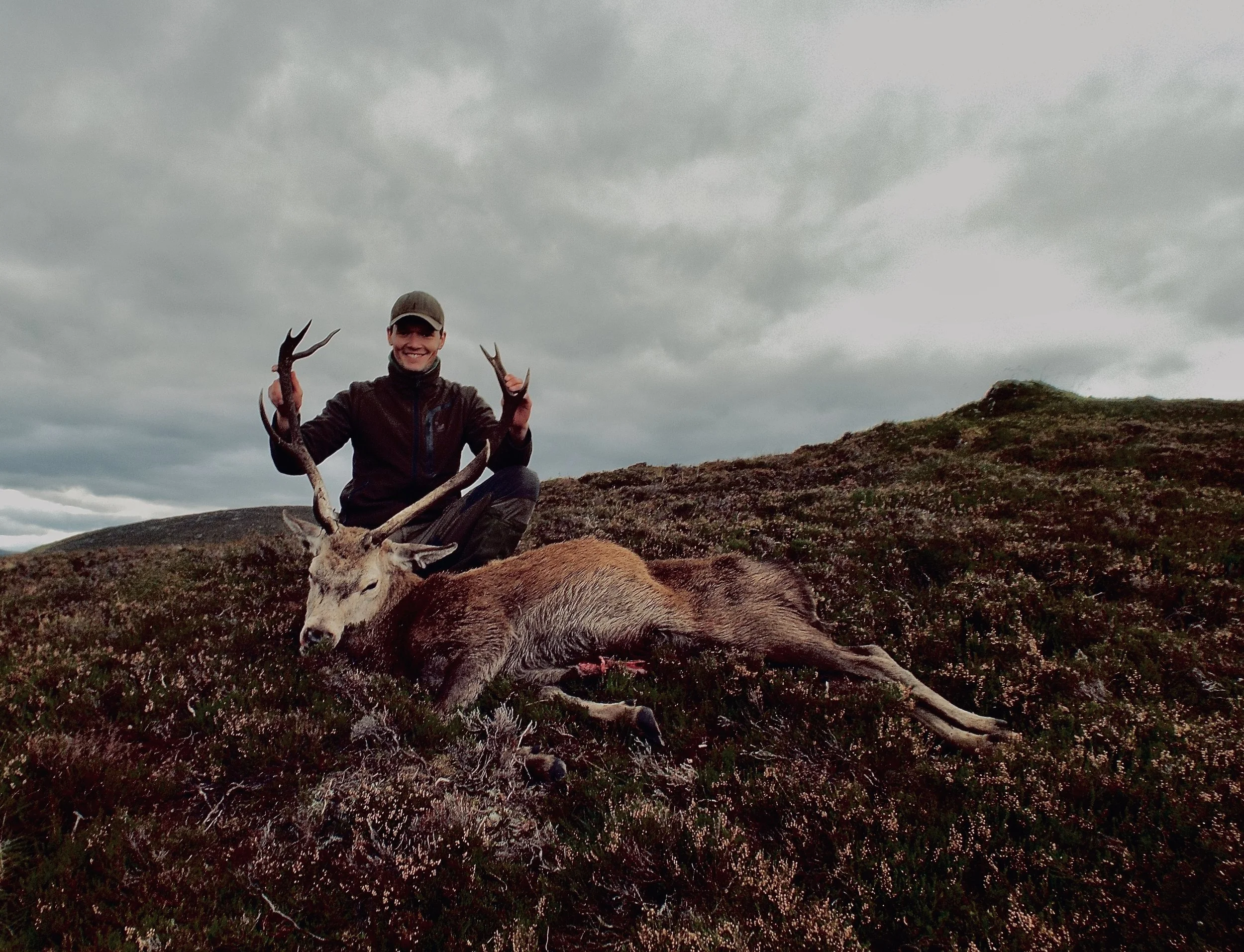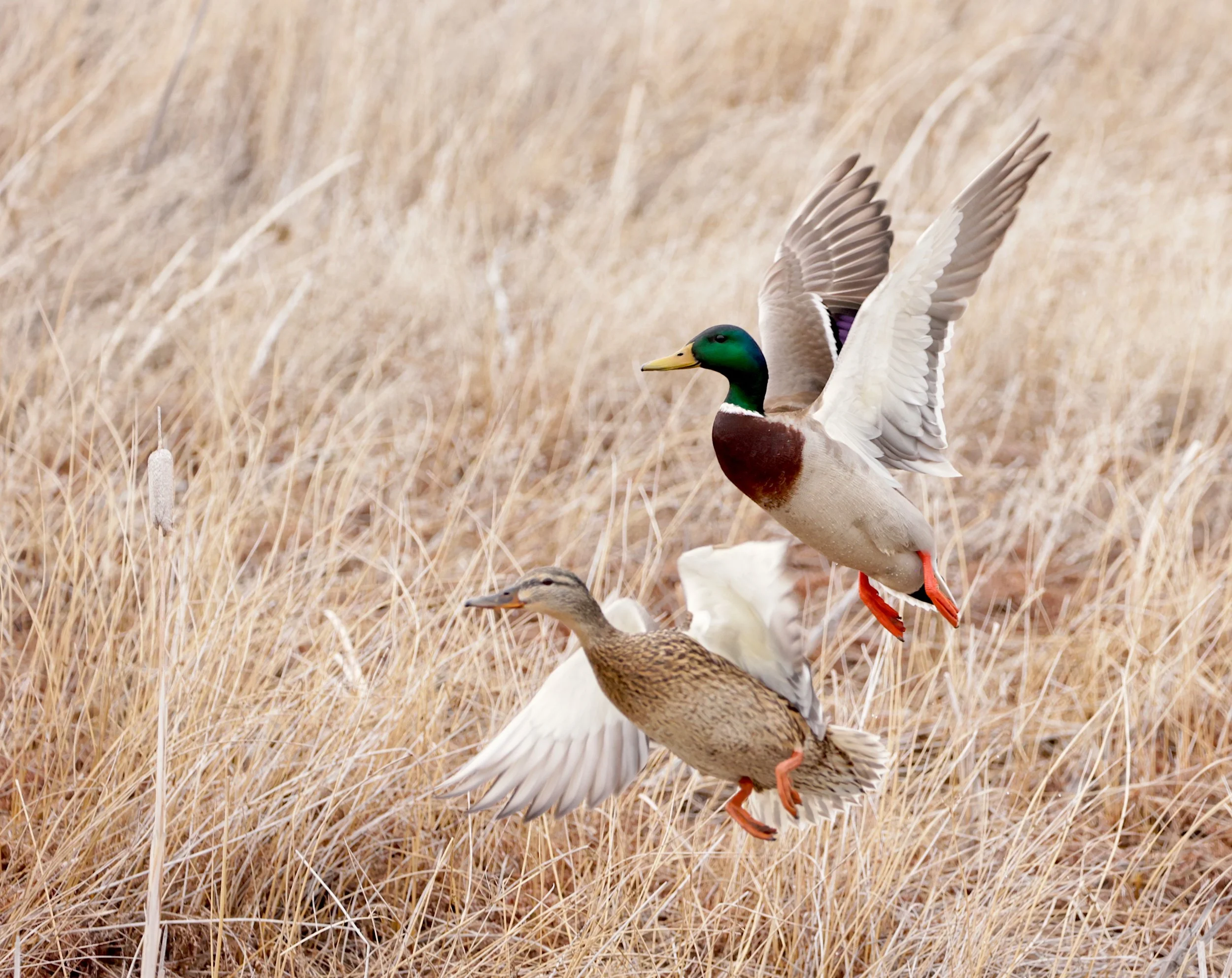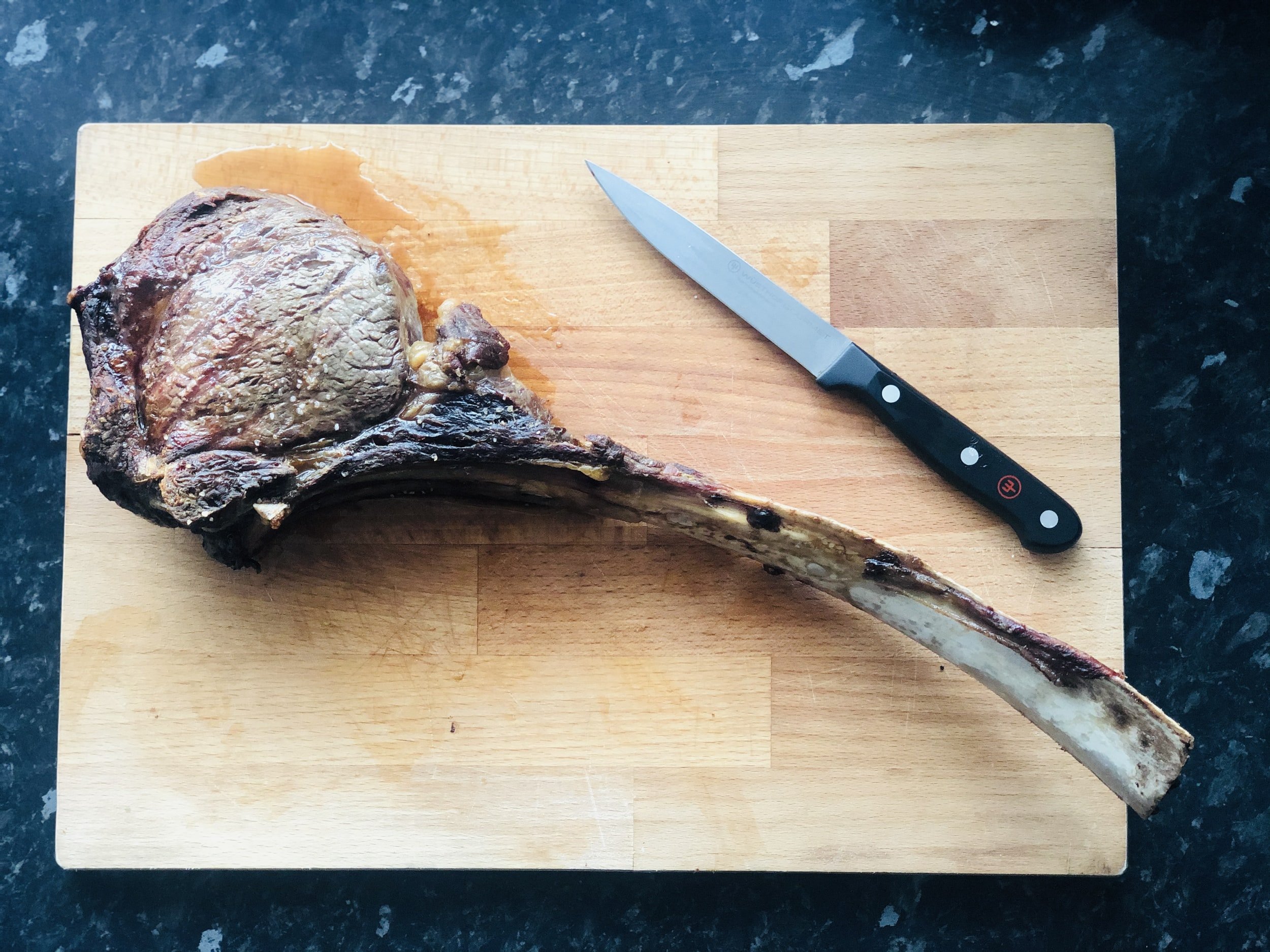Alaska Adventure!
For more fishing stories and tips from Vin, check out his Complete Guide to Fresh and Saltwater Fishing.
Alaska is probably the only place in the world where a fly fisherman can catch a salmon on every cast. I proved it on a small creek off Orca Inlet. We were fishing in an area called Bear Trap, where pink, chum, and silver salmon covered the stream bottom. The salmon, 8 to 12-pounders, hit my fly seconds after it hit the water. This was a miraculous comeback from a tragic environmental disaster for these Orca Inlet waters.
On March 24, 1989, the Exxon Valdez struck a reef and spilled 11 million gallons of oil into Prince Edward Sound, fouling 1,300 miles of shoreline. Thousands of animals died immediately, including 500,000 seabirds, 300 harbor seals, and 222 orcas. Billions of salmon and herring eggs were also destroyed. The oil eventually flowed into Orca Inlet and ravaged the town of Cordova and its salmon canneries. The spill, one of the biggest in Alaska’s history, destroyed the salmon fishing for several years. The famous Copper River sockeye and king salmon could not spawn in the oil-infested waters. The Cordova canneries on the shores of Orca Inlet were forced to close down, some of them employing hundreds of workers. It took more than two years for the salmon to return to Orca Inlet.
Nature has a way of healing its wounds, and the salmon runs are now back in full force. Our experience at Bear Trap could only happen in Alaska. In a creek no more than 50 feet across, we found thousands of pink and chum salmon gathered in a mass that looked like a dark patch. My son Matt and grandson Steven switched between fly and spin tackle, but it didn’t make any difference. They still caught salmon on every cast. I stayed with fly tackle with the same results, frequently having several salmon trying to snatch the fly from the mouth of the fish I was fighting.
In 1993, the abandoned Orca Cannery, which had closed in 1989, went on the auction block. The cannery, located on the eastern shore of Prince William Sound, is just two miles north of Cordova. Steve Ranney, an Alaskan, recognized the potential and bought the cannery. He spent the next three years rebuilding it into Orca Adventure Lodge. Steve still maintains another business, Fishing & Flying, with his mother, Gayle Ranney, who has been a bush pilot for more than 40 years. The Ranneys fly sportsmen in and out of remote fishing camps.
In mid-July, we arrived in Cordova at the peak of the run for pink, chum, and silver salmon. Following a family tradition, I took my 12-year-old grandson, Steven, on his first fly-in fishing trip. On this trip, I also decided to take my son, Matt. We met Chris Batin in Cordova and then drove to Orca Adventure Lodge. When we arrived, we found thousands of salmon jumping right in front of the lodge on the banks of Orca Inlet. The salmon were constantly swimming into Orca as it branched into bays and tiny creeks where the fish could spawn.
Scott Ranney, our guide and Steve’s brother, took us to Bear Trap in a 32-foot aluminum workboat. Scott, a Captain who left the Coast Guard Search and Rescue team to teach school in Seattle and guide fishermen in Alaska, beached the boat, and we climbed over a small hill to the creek. A brown bear had reached the creek first, but he ambled off when we showed up. According to Scott, Alaska brown bears don’t like to be outnumbered five-to-one. I didn’t totally believe Scott and fished with constant looks over my shoulder for a bear who couldn’t count! Chris Batin, a good friend and also a registered Alaska guide, was fishing with us. It was Chris’ fly, the Batin Bunny Leech, which I used almost exclusively. Chris ties it with dyed red rabbit fur and barbell lead eyes.
It didn’t take long for Steven to rig his tackle and catch salmon no more than 30 or 40 yards from the lodge. He also learned from Scott which salmon he should keep for the freezer and which ones to release. The keepers, fresh from the ocean, were bright silver in color. Salmon with any mottled hues had already started the spawning process, and their flesh would be soft and not very palatable.
Scott also took us to a beach several miles from the lodge by boat. Orca Inlet is about three miles wide and 10 miles long from its mouth to Cordova. We never traveled the inlet waters without seeing bears, eagles, sea lions, salmon, sharks, and the world’s largest concentration of sea otters. This time Scott got us to a quiet beach before the bears. Wading was easy, and we started to catch salmon in knee-deep water. There was no reason to wade any deeper. Every third or fourth cast produced a pink or chum salmon. Neoprene waders are a must when fishing Alaska’s salmon runs. The air temperature during the summer months can be very comfortable, 60 to 70 degrees, but the water is always cold.
Salmon wasn’t the only species we found when we explored the small creeks off Orca Inlet. Scott and Chris had fished the area before, and they knew where we could find rainbow trout and Dolly Varden. In one area, under the watchful eyes of a black bear, we caught rainbows and a few Dolly Varden on small spinners. The waters of these small creeks were clear emerald green, much like the waters of the Florida Keys. It was easy to spot cruising fish. For the fly fisherman, Alaska proved to be a Mecca. I didn’t keep count, but I’m certain I caught and released a couple of hundred salmon on flies during our five-day trip.
Traveling to these small creeks by boat also allowed us to catch halibut, a specie that can grow to 500 pounds. We drifted bottom rigs with huge salmon fillets as bait. Though Orca Inlet is not noted for big halibut, we still caught these flatfish in the 30 to 40-pound range. All of our fish were filleted and vacuum-packed after each day of fishing. We traveled from Alaska to New Jersey, and our salmon and halibut fillets were still frozen when we got home.
Fishing the phenomenal salmon runs of Alaska has to rank as one of the world’s greatest angling experiences. Salmon runs in Alaska start in early May and run into early October. From May to July, the King or Chinook salmon is usually the most sought-after species. From mid-June to early October, the streams and rivers are full of Coho (silver), sockeye, and pink and chum salmon. Because of Alaska’s vast network of spawning waters, the annual arrival of salmon varies with region. In most of Alaska, from June to September, you will also get the bonus of rainbow trout, Dolly Varden, and sea-run cutthroat.
The Orcas Adventure Lodge is located on the eastern shore of Prince William Sound, two miles north of Cordova. The lodge is surrounded by glacier-carved mountains, an abundance of wildlife, forests, and countless waterways. It’s a unique adventure destination and the best the great north has to offer.
Check Out Vin T. Sparano’s Books




